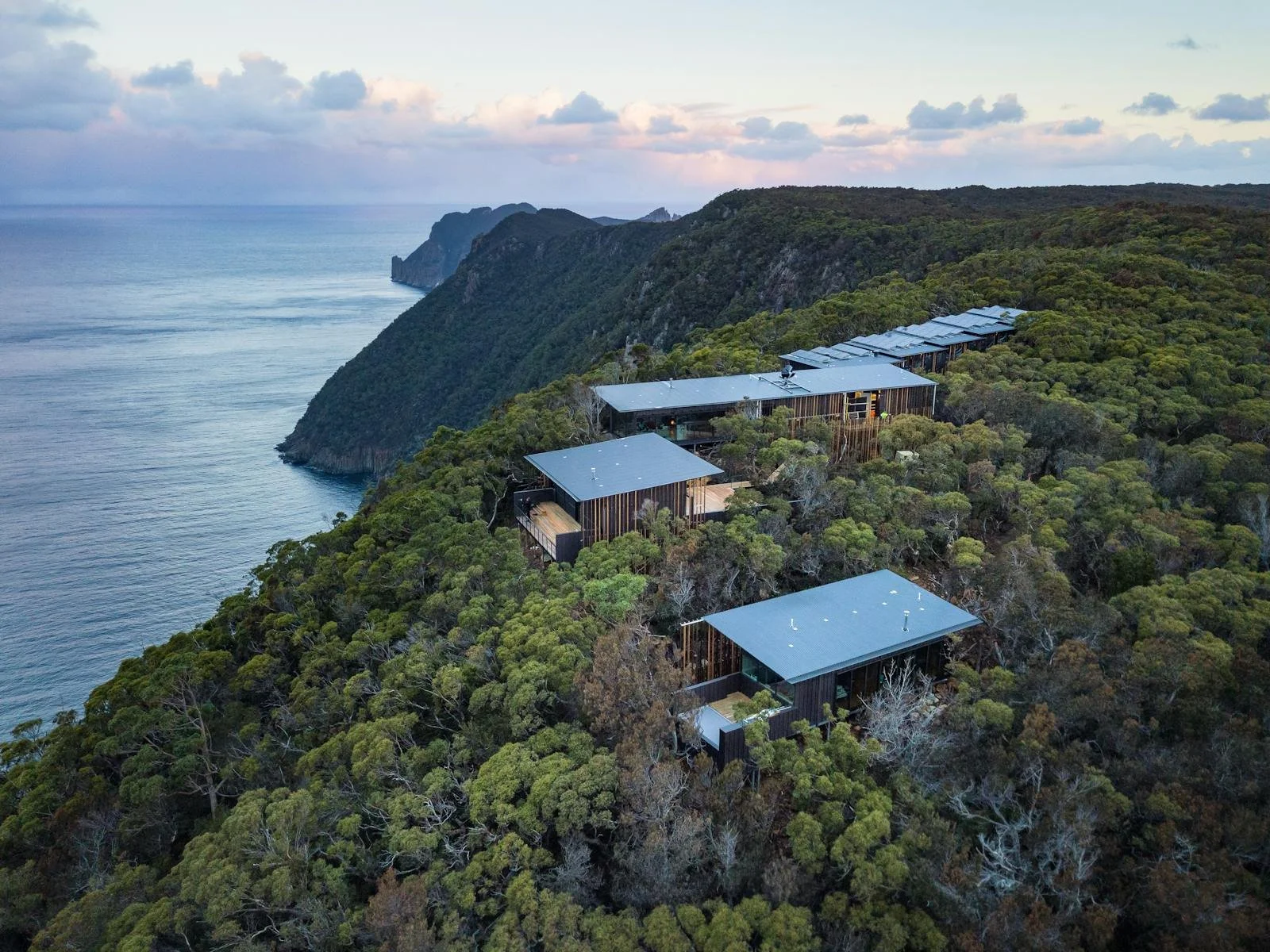
TASMANIA’S EDGE
Move over Sydney and Melbourne, Hobart’s time has come! Australia’s second-oldest city remains small in scale and relaxed in atmosphere: its focus is still the harbor and the bush lies at the end of every street. Yet a slew of awards in the past two years (according to Gourmet Traveller magazine, it is Australia’s best weekend destination) have led “mainlanders” to re-evaluate Hobart.
Hobart hasn’t grown up so much as grown younger, artier and more confident. It now hosts Australia’s edgiest (and best) arts festivals. Around mid-January, the Mona Foma music and arts festival takes place at 16 venues in the Tasmanian capital for a defiantly eclectic and uncommercial four-day programme. In just a few years it has become a highlight of the Australian arts calendar. Tasmania has Australia’s most consistently interesting and talked-about art galleries with a roster of brilliant visiting artists. It also has the best whiskey south of the Equator. Located near Salamanca wharf in Hobart, one of Australia’s most famous distilleries, Lark, has won many awards for its single malt whisky. Hobart has hotels that will charm you. It has cooking to die for. When the Australia tourist board showcases its cuisine to the world, they bring foodies to Hobart, not to Sydney or Melbourne. We recommend beef rump cap with wine sauce, Tasmanian salmon with brazil nuts, dill, coriander and mixed herb salsa, and if you’re vegetarian, the charred sweet potato, goat’s curd, muddled almonds, garlic and coriander dish is to die for.
And beyond the restaurant scene and galleries of Hobart, Tasmania is still largely wilderness. A short seaplane ride or drive through the central highlands will get you to renowned ecolodges where you’ll receive more than your share of nature and surprising fauna. Forget civilization, you’ll be in the wild! With fewer introduced predators and a relatively large amount of intact habitat, Tasmania is a final refuge for many unique animal species including the Tasmanian devil, the wombat, the echidna and the platypus. The diversity of Tasmania's vegetation is also remarkable and includes some of the most ancient plant species on Earth, the tallest flowering trees, the oldest plant clones and a high proportion of endemic species. From the famous wineglass bay and white sand beaches to the moody and isolated Lake St Clair you will be reminded of what it means to be truely wild. For the keen hikers out there, get to know the Eaglehawk Peninsula intimately on the multi-day Three Capes Track. And if that’s not enough embark on a private expedition circumnavigating the completely inaccessible South West National Park.
A naturalist’s heaven!








WHEN?
December to February. Warm weather, summer festivals, heaps of outdoor stuff to do.
HOW LONG?
A minimum of 10 - 14 days!
WHERE DOES IT START?
Sydney or Melbourne.
DID YOU KNOW?
Tasmania has the cleanest air in the world (outside of Antarctica) according to Paul Fraser, the world’s top expert in ozone and climate change.




